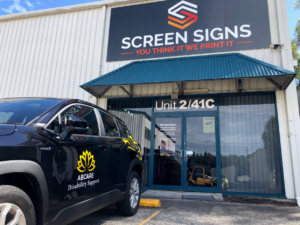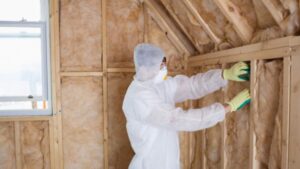Extended Reality: How It’s Revolutionizing Customer Engagement
In today’s rapidly evolving digital landscape, businesses are constantly seeking innovative ways to engage with customers. One such groundbreaking technology is Extended Reality (XR), an umbrella term encompassing Virtual Reality (VR), Augmented Reality (AR), and Mixed Reality (MR). XR is reshaping the way brands interact with their customers, offering immersive experiences that are more personalized, interactive, and engaging. This revolution in customer engagement is creating new opportunities for businesses to stand out in an increasingly competitive marketplace.
What Is Extended Reality (XR)?
Extended Reality (XR) is the fusion of the physical and virtual worlds. It includes:
- Virtual Reality (VR): An entirely immersive experience where users interact with a fully virtual environment.
- Augmented Reality (AR): A technology that overlays digital content on the real world, such as filters on social media or AR apps like Pokémon GO.
- Mixed Reality (MR): A blend of both VR and AR, allowing real and digital elements to interact in real-time.
These technologies collectively fall under the Extended Reality (XR) umbrella and are transforming industries from retail to healthcare.
The Role of Extended Reality in Customer Engagement
Extended Reality is changing how businesses approach customer engagement by offering more immersive and interactive experiences. Here’s how XR is revolutionizing the way companies connect with their audiences:
- Immersive Product Experiences
Traditional product demonstrations often fall short in engaging customers. With Extended Reality, customers can virtually try on clothes, see how furniture fits in their home, or even test drive a car—all from the comfort of their own space. This level of interactivity not only engages customers but also helps them make more informed purchasing decisions. - Enhanced Brand Storytelling
Storytelling is crucial for building strong emotional connections with customers. With Extended Reality, brands can create immersive stories that captivate their audience. For instance, companies can use VR to take customers behind the scenes of product creation or AR to animate brand mascots in real-world environments. These experiences leave lasting impressions and foster stronger brand loyalty. - Increased Customer Engagement through Gamification
Gamification is a powerful tool to boost customer engagement, and Extended Reality takes it to the next level. By integrating XR into loyalty programs or marketing campaigns, businesses can create interactive games that reward customer participation. This not only increases engagement but also encourages repeat interactions and purchases. - Personalized Customer Journeys
Extended Reality enables brands to create more personalized customer experiences. AR apps can customize recommendations based on a user’s preferences, location, and browsing history, while VR environments can be tailored to offer unique experiences for each user. This personalization fosters deeper connections and encourages long-term customer relationships.
Industries Leading the XR Revolution
Several industries are already leveraging Extended Reality to enhance customer engagement:
- Retail: Brands like IKEA and Sephora use AR apps to help customers visualize products in real-world environments, offering an immersive shopping experience.
- Automotive: Companies like Audi and Mercedes-Benz provide VR showrooms, allowing potential buyers to virtually explore vehicle features.
- Entertainment: XR is revolutionizing the entertainment industry by enabling more immersive video games, virtual concerts, and interactive movies.
- Real Estate: Real estate agents are using VR to offer virtual property tours, making it easier for clients to explore homes remotely.
The Future of Customer Engagement with Extended Reality
As Extended Reality technology continues to evolve, its impact on customer engagement will only grow. With advancements in hardware and software, we can expect XR experiences to become even more seamless, accessible, and personalized. Brands that embrace Extended Reality early on will have the advantage of standing out in a crowded marketplace, offering customers unique experiences that drive loyalty and retention.
In the coming years, Extended Reality will likely become a standard tool for businesses looking to create deeper, more meaningful connections with their customers. Whether through immersive product demonstrations, interactive storytelling, or personalized virtual environments, XR is shaping the future of customer engagement.
Conclusion
The rise of Extended Reality marks a new era in customer engagement. By offering immersive, interactive, and personalized experiences, XR is helping businesses forge stronger connections with their audiences. As this technology becomes more accessible, we will undoubtedly see more industries adopting Extended Reality as a key strategy for enhancing customer relationships and driving growth.
Businesses that invest in Extended Reality today are positioning themselves at the forefront of this revolution, offering experiences that not only engage customers but also inspire brand loyalty.














Post Comment